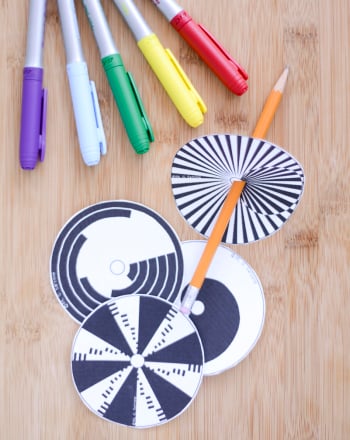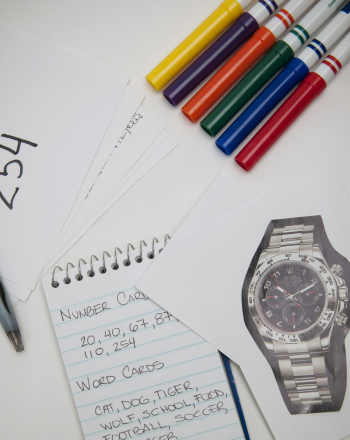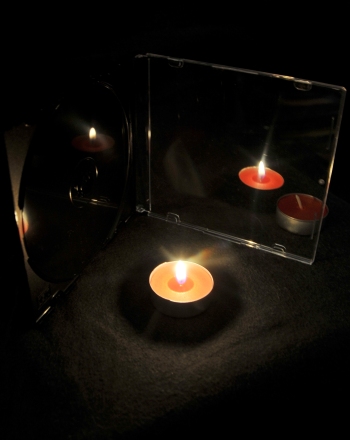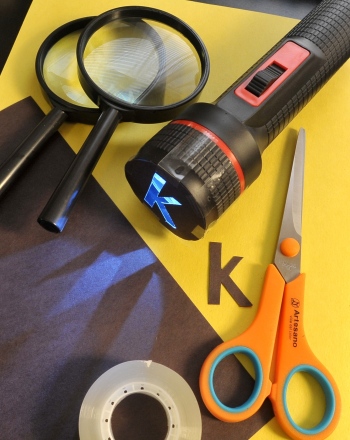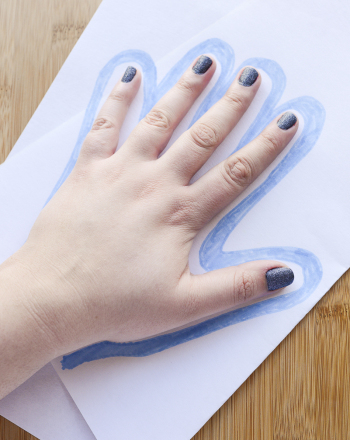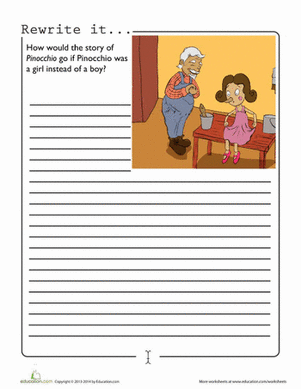Science project
Seeing Different Images in Optical Illusions! Is It a Boy or Girl Thing?
Difficulty of Project
Easy
Cost
$5 at most
Safety Issues
None
Material Availability
Free pictures of optical illusions are readily available at http://www.123opticalillusions.com.
Approximate Time Required to Complete the Project
One week. This includes collection, recording and analysis of data, summary of results and completion of bibliography.
Objectives
To design and conduct an experiment to determine whether there are gender differences when boys and girls view optical illusions?
Materials, Equipment and Subjects Required
The following free samples of optical illusions obtained from http://www.123opticalillusions.com:
- Crazy Line Trick
- The Wacky Spiral
- Rabbit or Duck Illusion
- The Picture of Many Faces
- The Circle Illusion
Graph paper for summarizing data. 5 boys and 5 girls of the same age who will volunteer to participate in this experiment.
Introduction
Background Information
On the information level, this experiment serves to acquaint students with the phenomenon of optical illusions and the question of whether seeing is always believing. They readily learn that things are not always what they seem and that we all do not instantly and consistently see things in the same form or context.
In addition, this science fair experiment also serves to acquaint students with the essential processes of sciencing such as formulating a hypothesis, researching data to support their hypothesis, identifying dependent and independent variables, using a control when warranted, obtaining an adequate sample of test subjects, collecting and recording data, presenting data in a pictorial and / or graphic format and of being able to make better judgments as to the validity and reliability of their findings. They take on the role of scientists and in the process they learn to act as one.
Research Terms
- Optics
- Illusion
- Physiological
- Cognitive
- Depth perception
- Visual phenomena
- Paradox
- Mirage
Research Questions
- What are optical illusions?
- What are physiological illusions?
- What are cognitive illusions?
- How do scientists explain these different illusions?
- How have they been used?
- Why do you think we see what we do?
Terms, Concepts and Questions to Start Experimental Research
- What is a control? A control is the variable that is not changed in the experiment.
- What purpose does a control serve? It is used to make comparisons as to what changed or possibly caused the change.
- Note: Not every experiment requires a control. In this case, none is needed.
- What are variables? Variables are factors that can be changed in an experiment.
- What is an independent variable? The independent variable is the one that is changed in the experiment.
- What is a dependent variable? The dependent variable is the one that changes as a result of the change in the independent variable.
Charting Data
In this experiment, use charts to display the obtained data such the following sample:
Question: What did you see?
|
Subjects: Girls |
Crazy Line |
Wacky Spiral |
Rabbit or Duck |
Picture of Many Faces |
Circle Illusion |
|
#1 |
|
|
|
|
|
|
#2 |
|
|
|
|
|
|
#3 |
|
|
|
|
|
|
#4 |
|
|
|
|
|
|
#5 |
|
|
|
|
|
Construct a similar chart for boys. Use a full page for each chart, providing ample space for subjects to record their observations. You may choose to graph these data and display the resultant graphs. A picture is always worth a thousand words!
Experimental Procedure
- State the problem you are going to investigate in this science fair project.
- State your hypothesis and provide the rationale for this prediction.
- Create the data sheets you will use to record your observations.
- Gather all your materials. Print a sufficient number of copies of the five illusions so that each subject has his or her own set of pictures. Provide a response sheet with five sections, so that the subjects may record their responses.
- Allocate the same amount of time for the viewing of each picture and for the written responses. Suggestion: 2 minutes for viewing and 3 minutes for recording observations for each picture.
- Gather and summarize the data for girls and boys. You may wish to graph the data. Compile your final report and make certain you include all the key components: a clear statement of your problem, what you are seeking to find out, your hypothesis, the rationale for your hypotheses, your experimental design, the dependent and independent variables, the procedure, the resultant data, the analysis of the data, the conclusion, the bibliography and as an added touch you may wish to include what you would do differently if you were to repeat this experiment. In addition, you may want to cite what further research you would do in the future based on what you have just learned.
- Congratulations!
Bibliography
- Optical Illusion Flip-Book: Astounding Optical Illusions/Amazing Optical Tricks By Gyles Brandreth, Katherine Joyce
- http:www.123opticalillusions.com/
Education.com provides the Science Fair Project Ideas for informational purposes only. Education.com does not make any guarantee or representation regarding the Science Fair Project Ideas and is not responsible or liable for any loss or damage, directly or indirectly, caused by your use of such information. By accessing the Science Fair Project Ideas, you waive and renounce any claims against Education.com that arise thereof. In addition, your access to Education.com's website and Science Fair Project Ideas is covered by Education.com's Privacy Policy and site Terms of Use, which include limitations on Education.com's liability.
Warning is hereby given that not all Project Ideas are appropriate for all individuals or in all circumstances. Implementation of any Science Project Idea should be undertaken only in appropriate settings and with appropriate parental or other supervision. Reading and following the safety precautions of all materials used in a project is the sole responsibility of each individual. For further information, consult your state's handbook of Science Safety.




